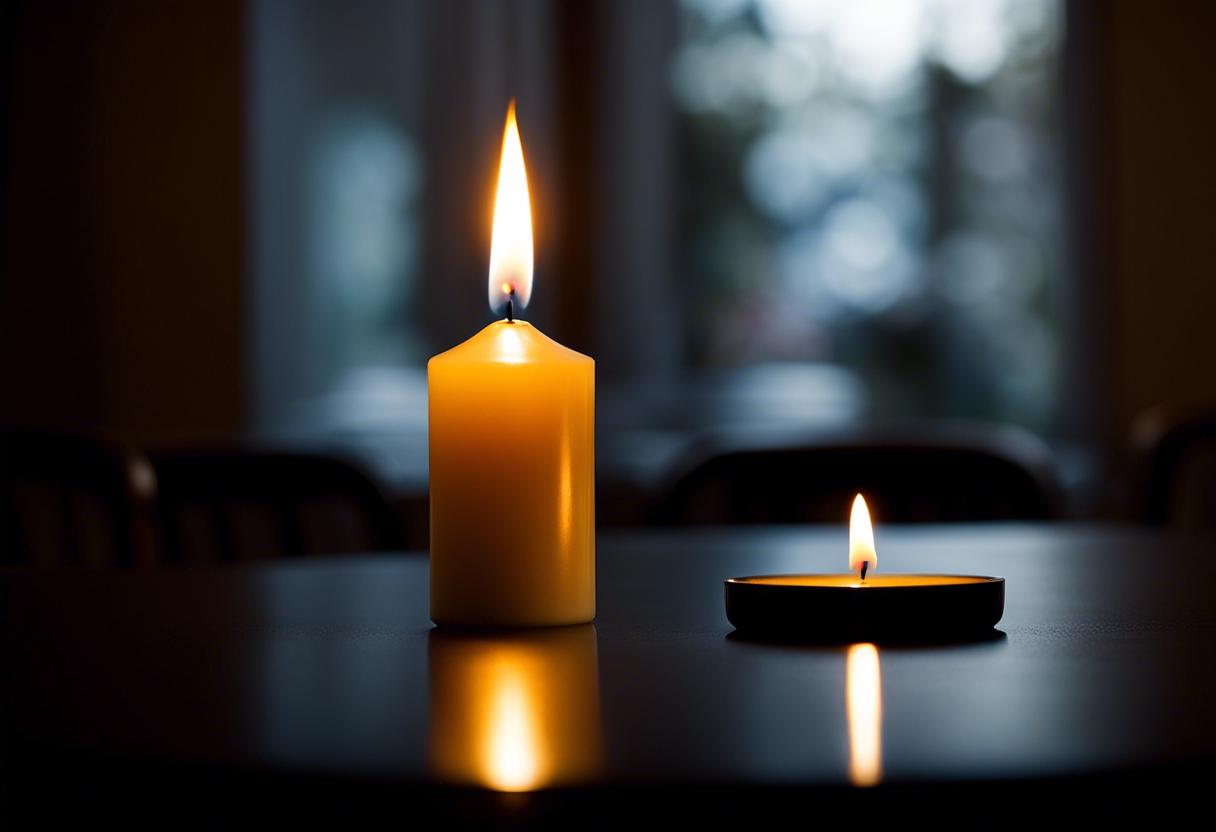Emily Waszak, an emerging artist celebrated for her contemplative and powerful pieces, showcased her work titled ‘The Land and Others, Including the Dead’ at Dublin’s esteemed Pallas Projects/Studios. A remarkable contrast to the lively, energetic work of her peers, Waszak’s creations stood out for their tranquillity, offering a meditative sanctuary amidst the bustling exhibition.
The aura created was dominated by two striking abstract tapestries, suspensions of diverse textured material including thick fur-like fabrics on dark structures. An assortment of ritualistic items – totems, singing bowls, prayer mats and carefully positioned wooden reeds – complimented this setup, inviting visitors into a deeply reflective space.
Waszak’s solo exhibit at Pallas Projects reflects her continuing fascination with rituals, mourning and transcendental meditation. Expanding the artistic language which was birthed in her room at the prior showing, she now integrates religious figurines from diverse faith traditions into her iconographic repertoire. Her unique commitment to textiles remains a constant in her presentations.
Waszak’s personal journey significantly shapes her artistic endeavours. The exhibits are echoes of intimate life experiences, particularly one singular personal tragedy which punctuated her life during the covid-19-induced lockdown of April 2020. Following the untimely death of her husband owing to health-related complications, Waszak moved to Co Donegal, her husband’s familial home. Here, she channelled her sorrow into a series of woven pieces.
Her subsequent works, exhibited at Pallas Projects, resonate with the profound grief triggered by this loss. Each piece, be it an object, tapestry or sculptural assembly, encourages viewers to engage in a shared display of lamentation. An examination of Waszak’s body of work reveals an artist deeply consumed by the shared social and divine aspects of ceremonious remembrance.
The artist’s Japanese roots greatly matter in her work, where she invokes the mindfulness imbibed from Japanese tea ceremonies and adopts the symbols from Japanese Buddhism. The exhibition space is majorly saturated with sculptures adorned with red cloths, folded to sharp angles or loosely draped on them. My initial interpretation of them was as origami-inspired artistry experiments. Nonetheless, going through the curatorial script, it was clear that the artist’s immersion in a recent residency in Japan inspired her. During this period, she encountered religious effigies cloaked in red textiles, setting the backdrop to a broader inclination of converging ‘hard and soft ritual object forms’.
The artist’s knack for unique combinations of materials with varying tactile textures plays a pivotal role in her rising fame. Waszak’s collated creations charm not just by their aesthetic and spiritual features but also through their bold use of items such as wooden blocks, building site supplies, concrete, metal, fastening belts, and artificial textiles. Each of these unexpected materials is renegotiated through the pilgrimage of grief portrayed in her work. Constructions such as Peninsula I—carrying wool, brass, and ash combined with nylon and a bungee cord, are portrayals of her artistic prowess. It questions the demarcation between the conventional and contemporary, the divine and mundane, as well as natural and synthetic.
Waszak’s exhibition, The Land and Others, Including the Dead, is set to continue at Pallas Projects, Dublin, until the 13th of April.

